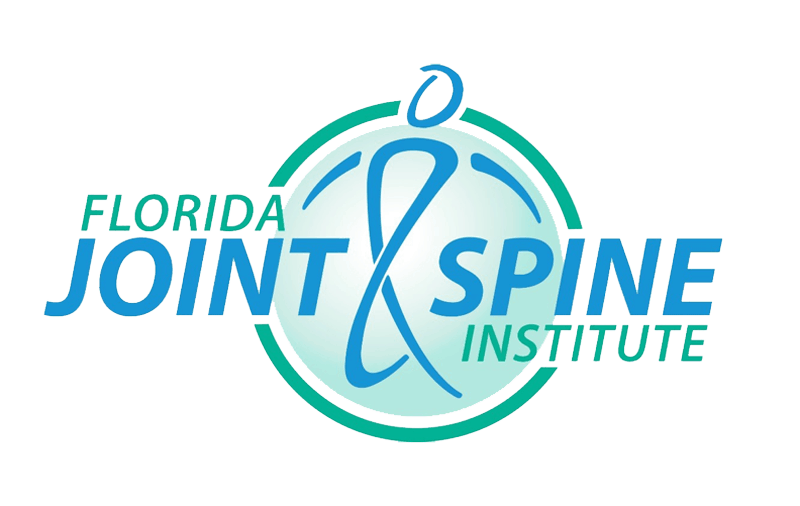
You’ve tried physical therapy, medications and injections, but the pain in your hip is getting worse, not better. Perhaps it is time to consider surgery.
More than 345,000 people in the United States undergo hip-replacement surgery annually. And while it’s a common and generally successful procedure, the traditional “posterior” approach that’s been used for decades has its negatives: a large incision, the risk of hip dislocation, the chance of a persistent limp and the need for pain medications.
Another surgical technique, called the “lateral approach,” eases some of those concerns, but because the procedure still detaches muscle from bone, like the traditional method, there’s still a lengthy recovery time with a risk of a permanent limp.
Fortunately, there’s a new, minimally invasive hip-replacement operation, called the “anterior approach,” that gets people back up on their feet in as little as two weeks without any significant pain, risk of hip dislocation or limping.
The surgeon approaches the hip from the front (anterior) through a much smaller incision of about 4 to 5 inches, compared to the 12 to 18 inches with the traditional posterior approach. This allows access to the joint without detaching any muscles around the hip. The muscles are carefully retracted with the assistance of a specialized surgical table called a Hana® (Hip and Knee Arthoplasty) table, which is available at Poinciana Medical Center. This allows the surgeon to minimize any soft tissue trauma to the hip allowing for a faster recovery.
Of course, like any surgery, there are some risks: There’s potential for temporary skin nerve damage (lateral femoral cutaneous nerve) that generally resolved after 6-10 weeks. Because of the location of the incision, the wound could become irritated and take longer to heal in obese and very muscular patients.
But there are significant benefits to the minimally invasive anterior approach that you must consider:
- You won’t hurt as much afterward.
Because there’s no disruption of muscles and only minimal trauma to tissue, postsurgical pain is minimal. - You don’t have to worry about dislocation.
Again, because the surgery doesn’t affect the muscles and tissues around the hip, the risk of the implant dislocation is minimal. - You don’t have to follow hip precautions.
Traditional hip surgery splits and detaches muscles around the hip joint. This requires patients to follow strict “hip precautions” after surgery to prevent dislocation. Hip precautions require patients to not flex the hip beyond 90 degrees. This can make activities such as getting into a car, sitting on a toilet seat, and climbing stairs problematic. Since the anterior approach leaves the muscles undisturbed, hip precautions are not required. - You’ll walk sooner.
A 2014 study found that anterior hip-replacement patients walked unassisted six days sooner than those opting for traditional procedures. I’ve found that majority of my patients walk the day of surgery and rely on walking devices for only about two weeks after surgery. - Your range of motion won’t be limited.
Some patients who undergo traditional hip replacement find climbing, bending and sitting to be challenging post-operatively. They’re even advised not to sit cross-legged or bend their hip for up to eight weeks. These aren’t concerns if the anterior hipreplacement technique is used. - You’ll leave the hospital sooner.
Because the surgery is minimally invasive without any muscle detachment, there’s less for doctors to monitor post-operatively. So, you can spend more time recovering in the comfort of your own home. Most of my patients go home the same day or the day after surgery without any physical therapy requirement.
Given all these benefits, you should consider asking your doctor if the minimally invasive anterior total hip-replacement could work for you.
 Dr. Nam Dinh is an orthopedic surgeon at Poinciana Medical Center. He has been trained in Direct Anterior Minimally Invasive Hip Replacement and robotic assisted hip/knee surgery. For more information about Dr. Dinh, search keyword “Dinh” on PoincianaMedicalCenter.com’s “Find a Doctor” page or call 1(888)253-8117.
Dr. Nam Dinh is an orthopedic surgeon at Poinciana Medical Center. He has been trained in Direct Anterior Minimally Invasive Hip Replacement and robotic assisted hip/knee surgery. For more information about Dr. Dinh, search keyword “Dinh” on PoincianaMedicalCenter.com’s “Find a Doctor” page or call 1(888)253-8117.

